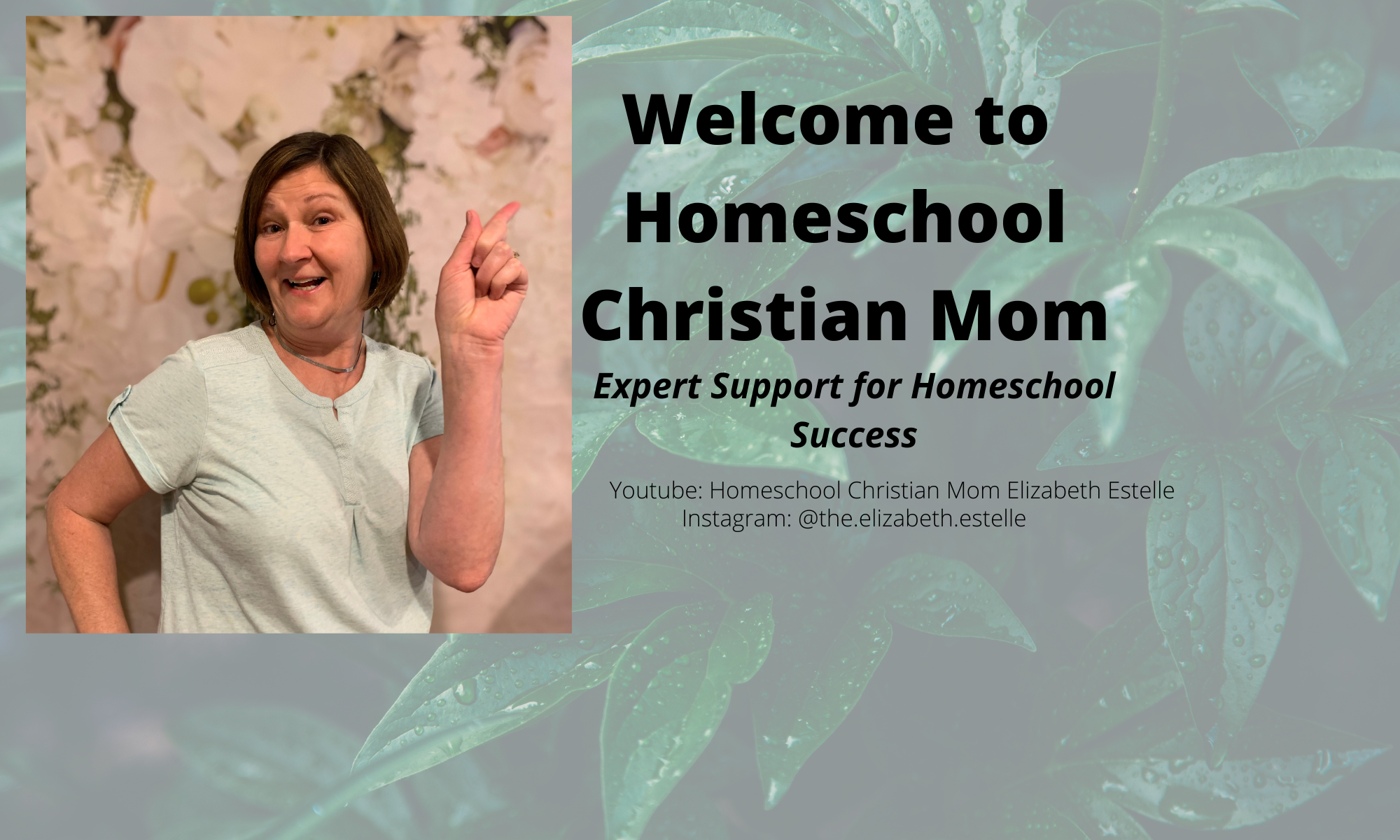Homeschooling Isn’t A Safe Decision.
You are Safe to Homeschool with the Lord!
Homeschooling isn’t a safe decision, but it may be the best decision for your family.
There are very good boxed all-in-one curriculums out there. I used and recommend BJU Press Homeschool curriculum for all my kids K thru 12. You can do parent led where you teach or purchase the DVD’s or get the same material through the computer. For any of those ways, there are recommendations for grading or they do it for you.
I love the BJU curriculum because they have thought of everything. Subjects are well put together, they list tons of extra resources if you need it and all the prep work is done. On day one, you teach lesson one, etc. So the value of that kind of complete curriculum was worth every penny to me.This post contains affiliate links. Please read our Disclosure Policy for details.
If you are purchasing the curriculum for your children, I have some reviews of materials on Youtube Homeschool Christian Mom. I teach a lesson during my review and give you an idea of how a lesson or subject works.
There is no perfect curriculum! The public school teachers use what they have and make it work. You can do the same thing- use the best curriculum you can get.
My own philosophy is to buy a good, all-inclusive curriculum and use it. If it doesn’t quite fit your child or his needs, it is much easier and less expensive to modify a good curriculum than to buy and buy and buy trying to find the perfect books. I do recommend using a complete program such at BJU Press Homeschool, whether parent-led, on-line, or on DVD’s. For me, it made homeschooling through high school not only doable but wildly successful.
It is a great blessing that there are such good curriculums available: as parent-led (you teach the material using the teacher’s book and your child has the student text), DVD’s (you watch the lessons and use the student books to do the work) or Distance Learning On-line programs (Daily video lessons are delivered to your child by expert teachers. Lessons, eTextbooks, and assignments can be accessed from the web.)
Here are some curriculum reviews to help you:
Review of Footsteps for Fours: BJU Press Homeschool
Art Porthole Project and Art Text Review
Even if you go with a different company, BJU Press Homeschool curriculum is recognized as one of the best Christian curriculums in the world and a look at these books will help you evaluate any other curriculums.
I am more than glad to help you as well. Please join me on Facebook group Homeschool Christian Mom and get the assistance you need to be a successful teacher and parent, no matter what reasons you have for beginning your homeschooling now.
Join me! Homeschool Christian Mom FREE Facebook group with tips on grading, scheduling and more!
Homeschool Christian Mom Facebook page: We discuss the ins and outs of our homeschooling days and offer great ideas to help each other succeed.
Youtube: Homeschool Christian Mom These videos discuss homeschool scheduling, working with your Littles, thinking long term, and many other topics.
Let’s connect:
Join me! Homeschool Christian Mom FREE Facebook group with tips on grading, scheduling and more!
Let’s connect:
Join me! Homeschool Christian Mom FREE Facebook group with tips on grading, scheduling and more!
Youtube: Homeschool Christian Mom These videos discuss homeschool scheduling, working with your Littles, thinking long term, and many other topics.
For additional home schooling support, work with me!
Alexa skills: Subscribe to Homeschool Christian Mom News
Twitter @hmschchristnmom
Do you need some extra homeschooling help? Use this link to get on my calendar and let’s chat! Move from being a hesitant homeschool mom to a happy homeschool family.











